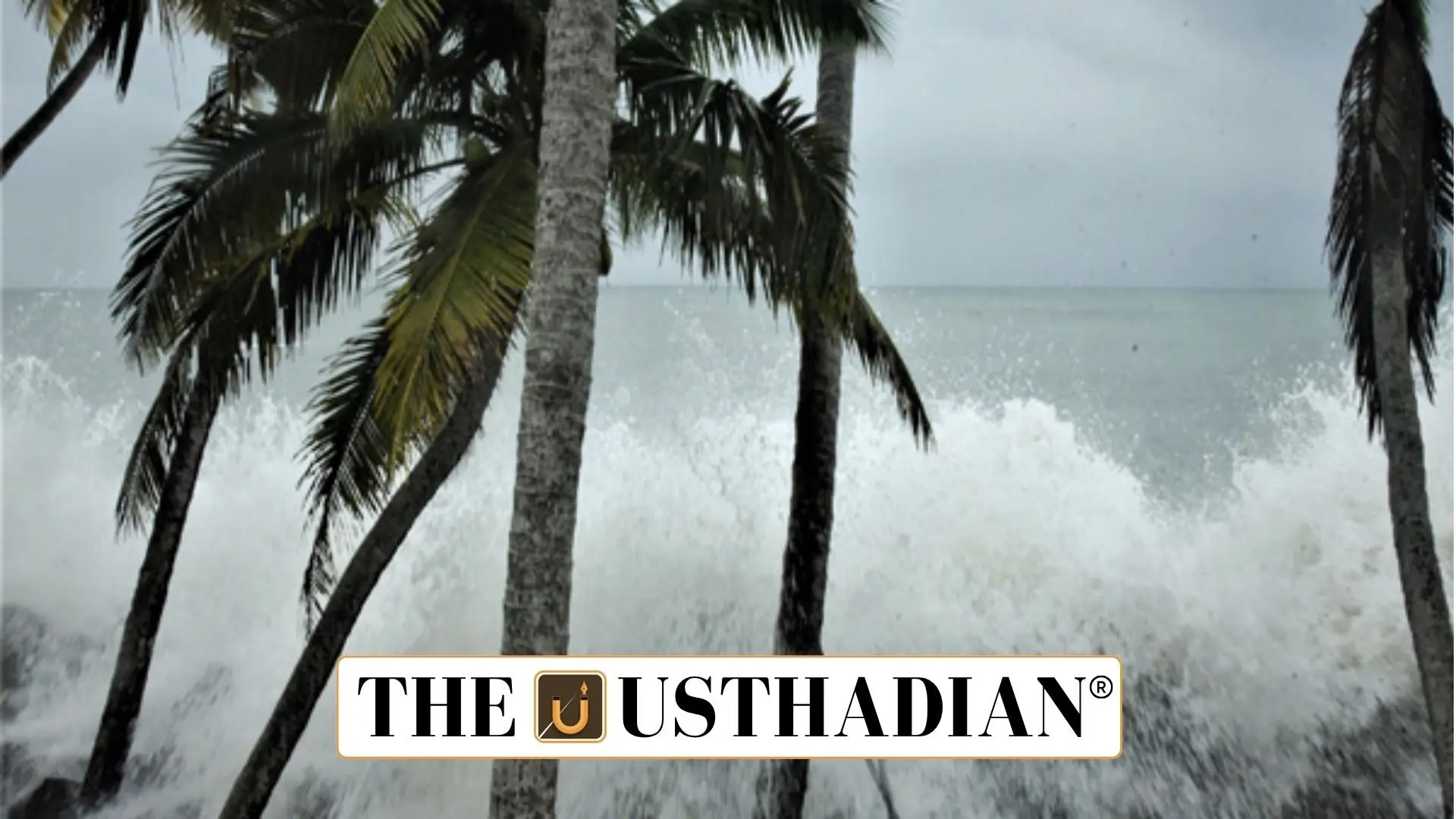Cyclone Prediction Gets Smarter with INCOIS Research
Cyclone Prediction Breakthrough: INCOIS Enhances India’s Coastal Resilience: India’s cyclone forecasting just got a major upgrade, thanks to recent findings from the Indian National Centre for Ocean Information and Services (INCOIS). Scientists there have made a significant breakthrough by quantifying the impact of oceanic and atmospheric conditions on cyclone formation. This research, focused on understanding the complex mix of factors behind storm intensification, is expected to improve early warning systems and disaster preparedness across India’s vulnerable coastal states.
Cyclone Seasons and India’s Coastal Vulnerability
The Indian coastline faces frequent threats during two peak cyclone periods—April to May and October to December. Storms in May and November tend to be the most intense. While the Bay of Bengal produces 75% of cyclones, the Arabian Sea is increasingly seeing powerful storms. Many of these cyclones now show rapid intensification, making prediction more difficult and response time shorter for authorities and coastal communities.
Tauktae: A Turning Point in Cyclone Research
The research draws heavily from Cyclone Tauktae (May 2021), one of the deadliest storms to hit the Arabian Sea in the last decade. Tauktae reached wind speeds up to 220 km/h and caused tragic incidents, including the capsizing of Barge P305. The storm’s trajectory—coming within 140 km of India’s western coast before hitting Gujarat—provided a perfect case to study cyclone behaviour. INCOIS quantified the contribution to intensification as 54% atmospheric and 46% oceanic, marking a first-of-its-kind ratio assessment in India.
Factors That Intensify Cyclones
Key variables driving cyclone intensity include mid-atmospheric humidity, low-level absolute vorticity, vertical wind shear, and tropical cyclone heat potential. INCOIS researchers found that elevated humidity and warmer ocean temperatures before Tauktae’s formation hinted at a high-intensity storm. Their methodology, now validated using other cyclones like Amphan, Mocha, and Ockhi, strengthens its reliability and applicability in real-world conditions.
Future of Forecasting and Global Impacts
INCOIS is developing a forecasting tool to incorporate these scientific insights into operational use by agencies like the India Meteorological Department (IMD). This tool, once integrated, will boost India’s cyclone preparedness by offering more accurate predictions and faster alerts. What’s more, the model is scalable—allowing it to be applied to cyclones in other ocean basins, making it a global solution for climate adaptation in coastal regions.
STATIC GK SNAPSHOT
Cyclone Prediction Breakthrough: INCOIS Enhances India’s Coastal Resilience:
| Aspect | Details |
| Key Organisation | Indian National Centre for Ocean Information and Services |
| Focus Cyclone Case Study | Cyclone Tauktae (May 2021) |
| Peak Cyclone Seasons in India | April-May & October-December |
| Major Cyclone Basin | Bay of Bengal (75% of cyclones) |
| Key Findings | Atmospheric factors (54%) vs Oceanic (46%) in cyclone intensity |
| Notable Intensification Factors | Humidity, ocean heat potential, wind shear, vorticity |
| Forecasting Tool Development | Underway by INCOIS for IMD use |
| Cyclones for Validation | Ockhi, Amphan, Mocha |








